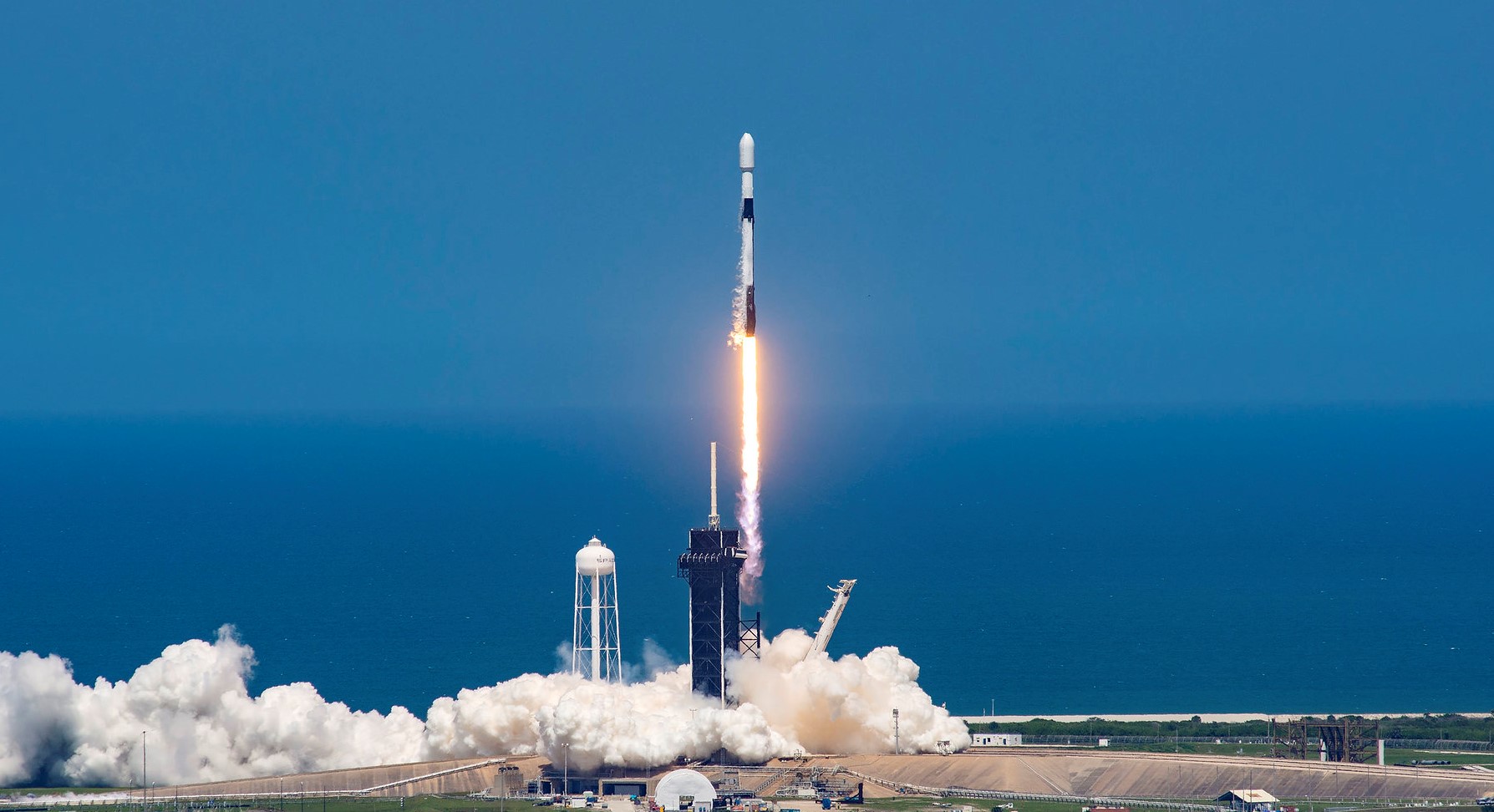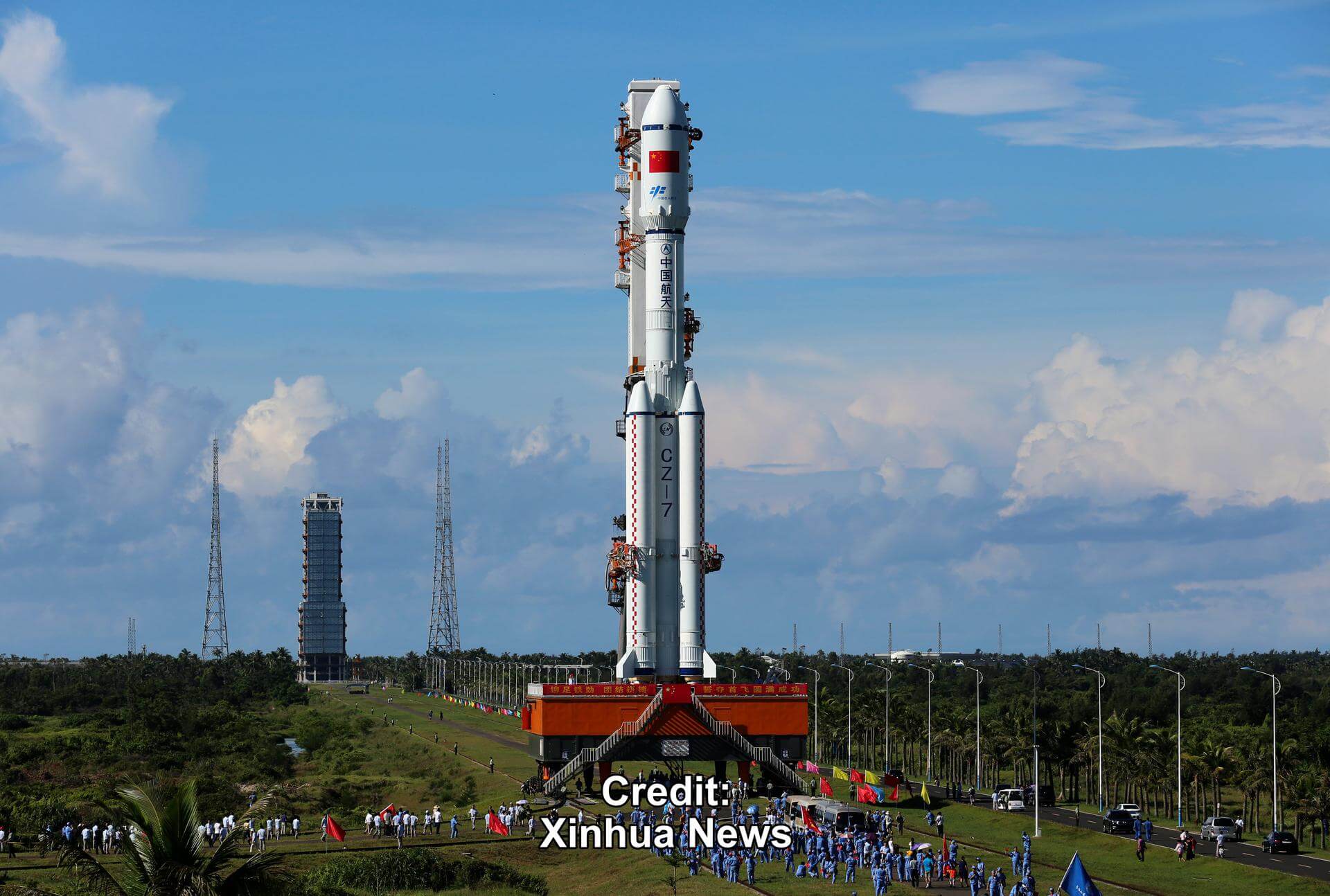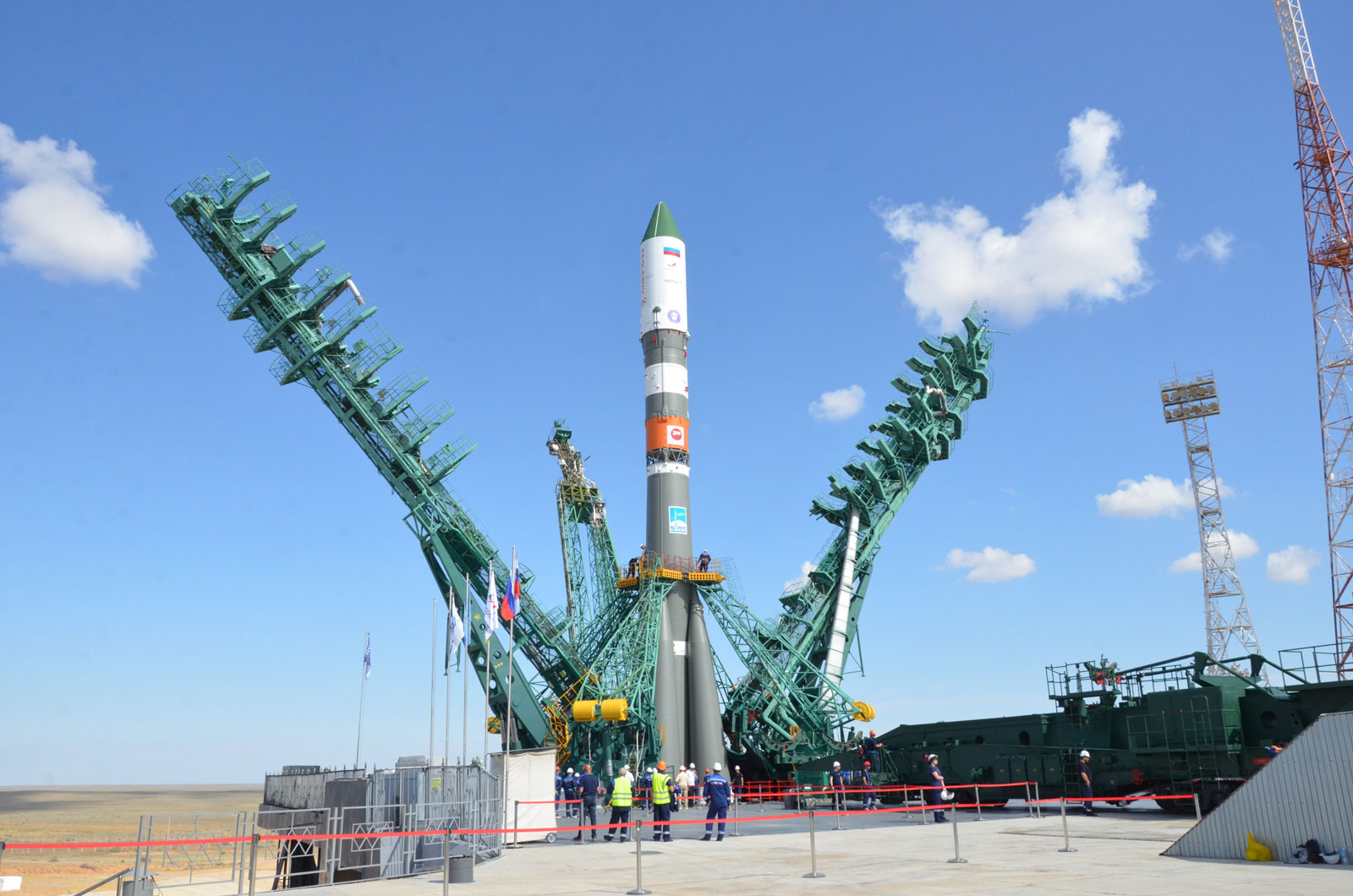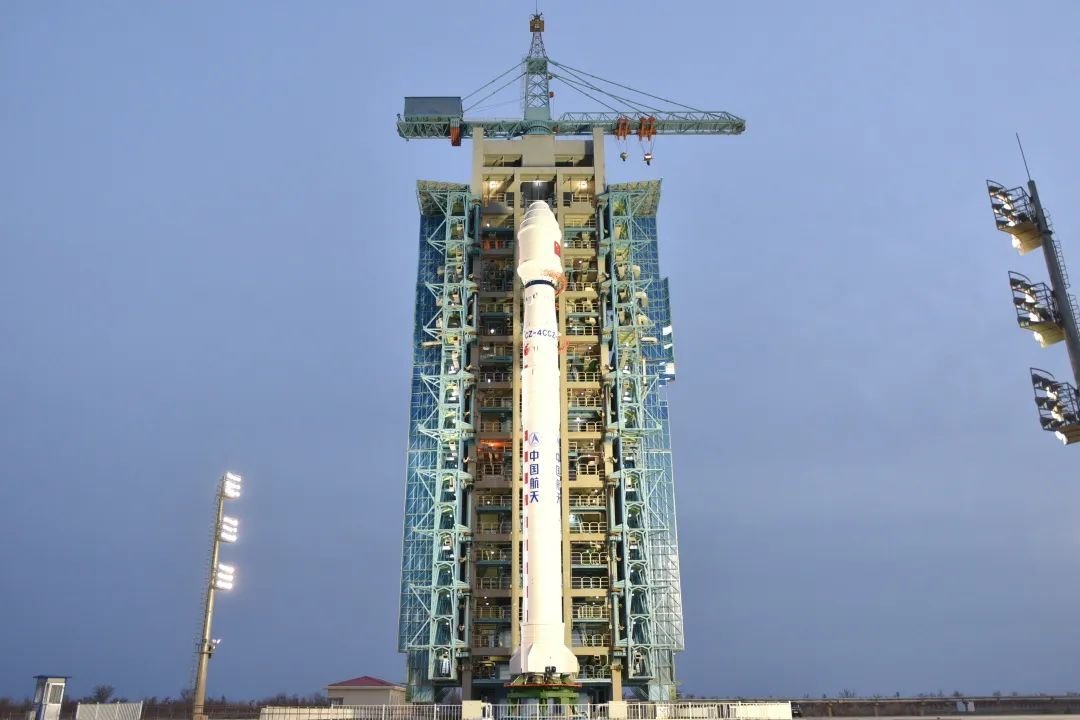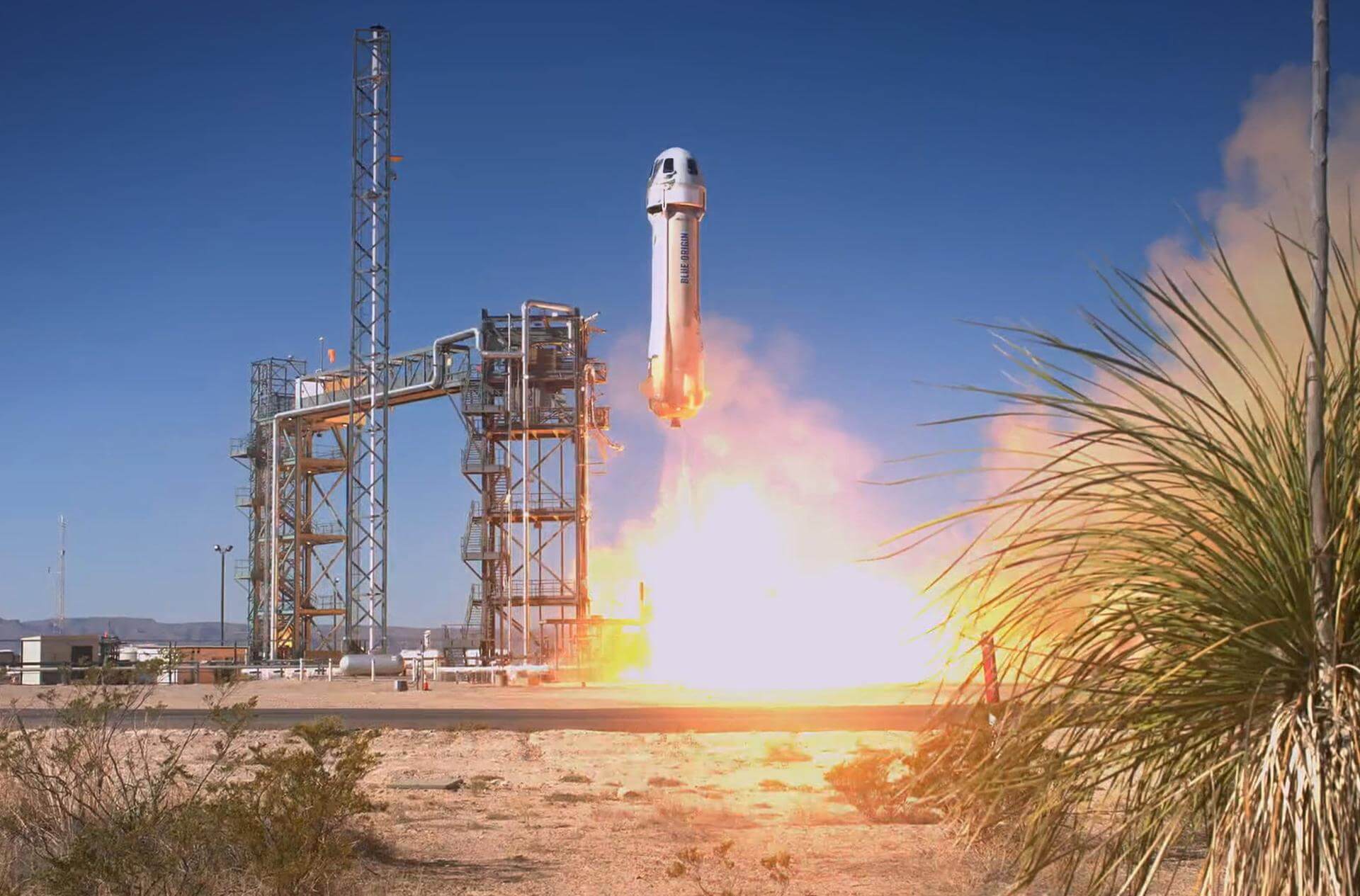Previous Spaceflight Launches
Filter by Agency, Locations or Vehicles
Show All LaunchesFalcon 9 Block 5 | Amazon Leo (KF-01)
SpaceX | United States of AmericaCape Canaveral SFS, FL, USA
July 16, 2025, 6:30 a.m.
Status: Launch Successful
Mission:
First of a three launches contract for Amazon's Kuiper low Earth orbit satellite internet constellation, with 24 satellites on board. Amazon Leo, formerly known as Project Kuiper, is a mega constellation of satellites in Low Earth Orbit that will offer broadband internet access, this constellation will be managed by Kuiper Systems LLC, a subsidiary of Amazon. This constellation is planned to be composed of 3,276 satellites. The satellites are projected to be placed in 98 orbital planes in three orbital layers, one at 590 km, 610 km and 630 km altitude.
Low Earth Orbit B1096 - Maiden Flight A Shortfall of GravitasFalcon 9 Block 5 | Starlink Group 15-2
SpaceX | United States of AmericaVandenberg SFB, CA, USA
July 16, 2025, 2:05 a.m.
Long March 7 | Tianzhou-9
China Aerospace Science and Technology Corporation | ChinaWenchang Space Launch Site, People's Republic of China
July 14, 2025, 9:34 p.m.
Falcon 9 Block 5 | Dror-1
SpaceX | United States of AmericaCape Canaveral SFS, FL, USA
July 13, 2025, 5:04 a.m.
Status: Launch Successful
Mission:
Note: SpaceX identifies the mission as "Commercial GTO 1". Dror-1 is a geostationary communication satellite built and developed by Israel Aerospace Industries (IAI). It is intended to meet the satellite communication needs of Israel for the next 15 years. Dror-1 is comprised primarily of local Israeli technologies developed at IAI, including an advanced digital communication payload and “smartphone in space” capabilities, to provide communication agility throughout the satellite’s lifetime in space.
Geostationary Transfer Orbit B1083 - Flight Proven ( ) Just Read the InstructionsFalcon 9 Block 5 | Starlink Group 10-28
SpaceX | United States of AmericaCape Canaveral SFS, FL, USA
July 8, 2025, 8:21 a.m.
Soyuz 2.1a | Progress MS-31 (92P)
Progress Rocket Space Center | RussiaBaikonur Cosmodrome, Republic of Kazakhstan
July 3, 2025, 7:32 p.m.
Long March 4C | Shiyan 28 B-01
China Aerospace Science and Technology Corporation | ChinaXichang Satellite Launch Center, People's Republic of China
July 3, 2025, 9:35 a.m.
Falcon 9 Block 5 | Starlink Group 10-25
SpaceX | United States of AmericaCape Canaveral SFS, FL, USA
July 2, 2025, 6:28 a.m.
Falcon 9 Block 5 | MTG-S1
SpaceX | United States of AmericaKennedy Space Center, FL, USA
July 1, 2025, 9:04 p.m.
New Shepard | NS-33
Blue Origin | United States of AmericaCorn Ranch, Van Horn, TX, USA
June 29, 2025, 2:39 p.m.
